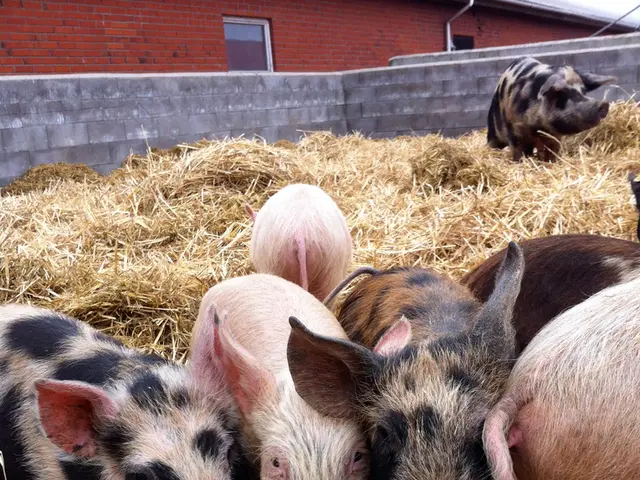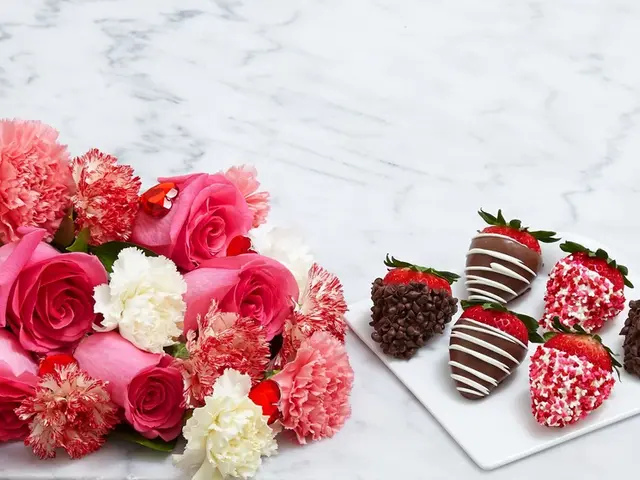Transformed Cactus Species to Infuse a Chill Vibe in Any Space
Cacti and succulents are popular choices for indoor gardens due to their architectural forms, low maintenance, and ability to thrive in a variety of indoor conditions. Here is a curated list of cacti and succulents that are especially well-suited for indoor spaces, based on their adaptability, visual appeal, and minimal care requirements.
### 1. Bunny Ear Cactus (Opuntia microdasys)
The Bunny Ear Cactus is a delightful addition to any indoor garden, with its flat, pad-like stems that resemble bunny ears, accented with golden glochids. It requires minimal maintenance—just plenty of sunlight and infrequent watering.
### 2. Echeveria
Echeveria is a succulent often grouped with cacti for ease of care. It features rosettes of thick, colorful leaves and thrives with 3–5 hours of sunlight daily. Let the soil dry between waterings, and avoid overwatering to prevent root rot.
### 3. Jade Plant (Crassula ovata)
The Jade Plant is a classic indoor succulent, with its glossy, jade-green leaves and a sturdy, tree-like form. It grows well in bright, indirect light, needs water only when the topsoil is dry, and rarely needs repotting—making it a long-lived, easy-care choice.
### 4. Golden Barrel Cactus (Echinocactus grusonii)
This spherical cactus with golden spines is a striking architectural accent. It requires bright light, well-draining soil, and minimal watering—perfect for sunny windowsills.
### 5. Christmas Cactus (Schlumbergera)
Known for its vibrant, holiday-season blooms, the Christmas Cactus prefers indirect light and moderate humidity. Water when the top third of the soil is dry, and enjoy its cascading, segmented stems in hanging baskets or tabletops.
### 6. Ric Rac Cactus (Epiphyllum anguliger)
Also called the Fishbone or Zigzag Cactus, this epiphytic plant is native to humid forests, not deserts. It thrives in indirect light, high humidity, and well-draining soil. Its unusual, wavy stems make it a standout in any collection, and it tolerates occasional neglect.
### 7. Mammillaria
This large genus includes many compact, globe-shaped cacti that are ideal for indoor pots. They require bright light, infrequent watering, and well-draining soil. Many species produce charming, crown-like flowers.
### 8. Gymnocalycium
Often called “Chin Cactus,” Gymnocalycium species are small, globular cacti that adapt well to indoor conditions. They need bright, indirect light and minimal watering, making them easy to care for and highly decorative.
### 9. Parodia (Notocactus)
These small, round cacti are known for their bright flowers and spines. They are well-suited to indoor cultivation, requiring good light, occasional watering, and well-draining soil—ideal for beginners.
### 10. Lithops (“Living Stones”)
While not technically cacti, Lithops are often grouped with them due to their desert origins and similar care needs. These mimicry plants require very little water and bright light, adding a unique, sculptural element to indoor gardens.
## Quick Care Summary Table
| Cactus/Succulent | Light Needs | Watering | Special Features | |-------------------------|---------------------|-----------------|---------------------------------------| | Bunny Ear Cactus | Bright, direct | Infrequent | Playful pads, golden glochids[5] | | Echeveria | Bright, indirect | When dry | Rosette form, colorful leaves[1] | | Jade Plant | Bright, indirect | When dry | Glossy leaves, tree-like[3] | | Golden Barrel | Bright, direct | Minimal | Spherical, golden spines[3] | | Christmas Cactus | Indirect | Moderate | Holiday blooms, cascading stems[1] | | Ric Rac Cactus | Indirect | Lightly moist | Wavy stems, epiphytic[2] | | Mammillaria | Bright, indirect | Infrequent | Compact, crown-like flowers[4] | | Gymnocalycium | Bright, indirect | Minimal | Small, globe-shaped, colorful[4] | | Parodia/Notocactus | Bright, indirect | Occasional | Round, bright flowers[4] | | Lithops | Bright, direct | Very little | Stone-like, sculptural |
## General Care Tips for Indoor Cacti
- **Light:** Most cacti prefer bright, direct sunlight, but some (like Christmas and Ric Rac Cacti) thrive in indirect light. - **Water:** Allow soil to dry between waterings. Overwatering is the most common cause of failure. - **Soil:** Use a well-draining, gritty mix designed for cacti and succulents[3]. - **Humidity:** Most desert cacti prefer dry air, while epiphytic types (like Ric Rac) appreciate higher humidity[2]. - **Temperature:** Avoid cold drafts and maintain a warm environment (16–29°C is ideal for most)[1].
These cacti and succulents are not only easy to care for but also bring striking forms, colors, and textures to indoor spaces, making them excellent choices for both novice and experienced gardeners.
*The Moon Cactus is known for its vibrant, colorful tops grafted onto green rootstock, adding a playful, unexpected pop of color in small spaces.*
*The Variegated Prickly Pear Spineless Plant from The Dragonfruit Farm on eBay is a beautiful indoor cactus variety.*
*The Bunny Ear Cactus has pad-like 'ears' dotted in golden fuzz that grow playfully and asymmetrically.*
- The Bunny Ear Cactus's unique, pad-like stems that resemble bunny ears, accented with golden fuzz, add a playful, textural element to indoor spaces.
- The Jade Plant's glossy, jade-green leaves and tree-like form bring a touch of color and a sculptural element to any minimalist lifestyle home-and-garden decor.
- The Christmas Cactus's vibrant, holiday-season blooms and cascading, segmented stems make it a great addition to a holly-jolly, festive bathroom or kitchen.
- The Ric Rac Cactus, with its wavy stems, is a standout epiphytic plant that thrives in the humid environment of a tropical-inspired home-and-garden or decor.
- The Mammillaria's compact, globe-shaped forms and charming, crown-like flowers can add a touch of art to a modern, trendy kitchen or minimalist bathroom design.




